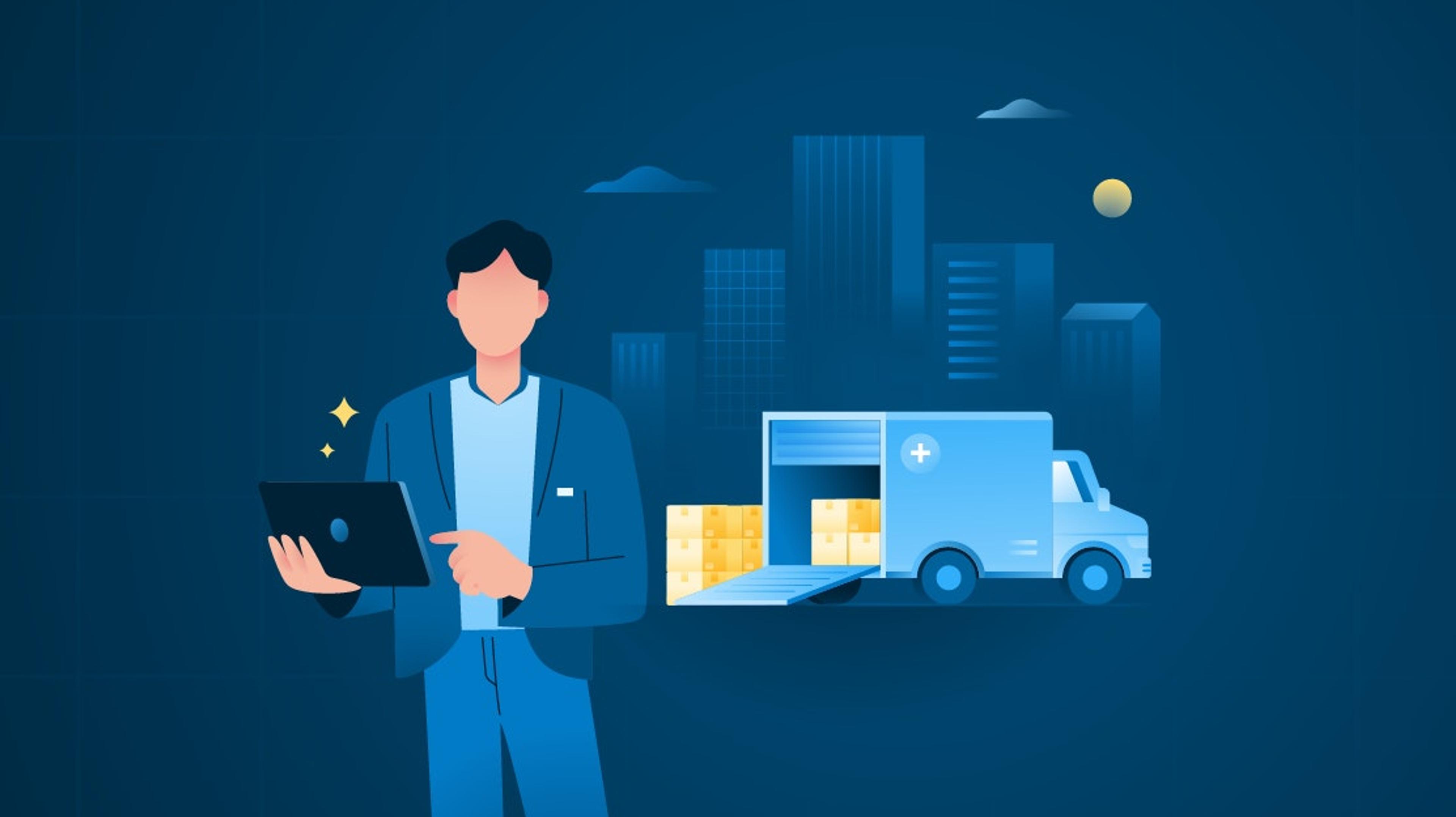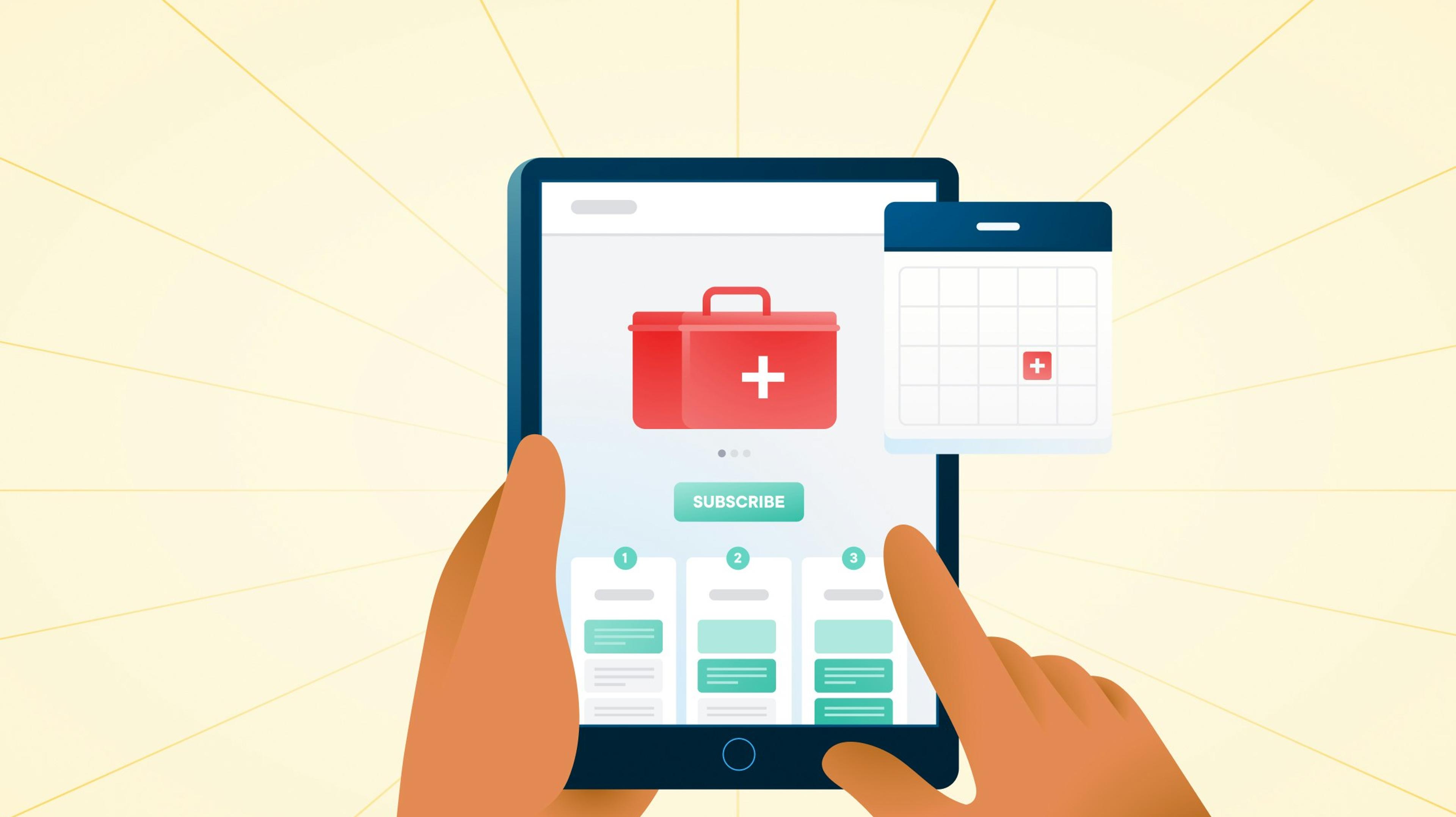Guide to Transportation Costs for Businesses in 2023

One way to cut transportation costs for your business in 2023? Circuit for Teams.
If you run a delivery business, you probably want to do all you can to keep your overhead expenses low.
Transportation costs — any expenses that come up when you move products, materials, or workers — are one major headache for dispatchers.
Businesses in the U.S. spend an average cost of more than $1 per day on transport. If you’re in the shipping and logistics industry, your spending on transportation is likely significantly more.
What’s more, these already high transportation costs are on the rise. In 2020, transport costs for U.S. businesses rose by 0.8%, reaching $1.059 trillion.
By taking steps to minimize the cost of transportation, you can help reduce business spending — and, hopefully, boost your bottom line! By smoothing out your transportation processes, you can also save time and reduce hassle.
In this article, we’ll talk about the whys and hows of transportation costs for dispatchers and give some actionable tips for cutting expenses for your business in 2023.

What are transportation costs?
When we talk about transportation costs, we mean any expenses your business incurs to move products, materials, or workers. This covers direct costs like shipping, tolls, and Customs tariffs, as well as indirect costs like driver salaries and fuel.
Some of your transportation costs are fixed costs, while others are variable. For example, gas is considered a variable operating cost because fuel prices fluctuate.
What are some examples of transportation costs?
The term “transportation costs” is pretty broad, and a lot of expenses fall under this umbrella.
Let’s take a quick look at some types of transportation costs to help you out.
- Freight transportation: Freight refers to the large-scale movement of products and goods (for example, semi-trucks, trains, and cargo ships). This includes line haul or shipping costs, which are generally calculated according to the distance goods have to travel from the point of pickup to their drop-off destination. Then there are the actual costs for pickup, delivery, and handling, plus billing and collecting. Insurance is another consideration that can add to your total transport costs of freight.
- Last-mile delivery: Last-mile delivery refers to the final stage of the supply chain process: when a product actually makes it into the customer’s hands. Last-mile delivery is often the most expensive part of the logistics process. Instead of sending a batch of products from point A to point B — for example, from a manufacturer to a warehousing facility — it involves sending thousands of products to thousands of customers. That means more vehicles, drivers, delivery routes, and money spent.
- Employee transport: If your employees travel (for example, for sales meetings), these expenses are considered transport costs. These costs can add up if your business runs on a field sales basis. For example, if you’re a business-to-business (B2B) retailer, you might have a sales team visiting potential clients to pitch and sell your goods and services. Similarly, if you work in a field that needs workers to conduct field services — such as on-site maintenance at other business locations — these transport costs also come into this category.
- Vehicle maintenance: Finally, vehicle maintenance is also considered a transport cost if your company has its own vehicles. You might need to maintain each vehicle’s registration, keep up with regular inspections, and pay for unexpected repairs. If a driver gets into an accident and a vehicle is seriously damaged, the cost can increase drastically. Plus, you have to account for vehicle depreciation.
What are the most expensive elements of transportation costs?

So how do you reduce your total costs for transport? The first step is figuring out why they’re high in the first place.
You’ll likely find that some of the most significant factors impacting your transportation costs include:
- Distance: Logically, the farther a package has to be transported, the more it will cost in terms of shipping, mileage, people power, and gas. International trade can also mean added costs like Customs fees and surcharges. You can’t always cut long-distance shipping from your services, but you can reduce the distances drivers travel by optimizing routes to avoid wasted time and money.
- Package size and weight: Heavier packages tend to cost more to ship since shipment costs are often determined by weight. Bulky and oversized items may also mean extra fees. Plus, super-large goods may need more than one person to lift and move. Use lightweight, practical packaging materials to cut these costs.
- Special handling needs: Goods that need special handling, such as fragile items, may have higher costs. The same is true for goods that might be hazardous, like chemicals. Logistics providers need to spend more to make sure these items are moved safely, for example, by having shippers follow safety protocols and use special hazard-safe packaging or vehicles.
- Delivery speed: Expect to pay more if you need a package delivered overnight, the next day, or within 48 hours. Why? This could require added expenditures, like paying drivers to work night shifts or overtime. Speedy shipping may also require pricier transportation infrastructure. For example, a long-distance shipment could mean going by plane instead of ocean freight.
- Delivery failures: Delivery failures are one of the most significant money-wasters in last-mile delivery. For example, let’s say a driver arrives at a customer’s house with a package but the customer isn’t there to sign for it. The driver will have to circle back to attempt the delivery a second or third time, wasting resources like hours and gas. Logistics tricks like setting delivery time windows with customer notifications can help minimize the risk of such failures.
How can you reduce transportation costs?

Transportation costs can be a drag. While you can’t control every factor influencing transport costs — like gas prices — you can take steps to keep transport costs in check.
Here are some ways to improve your transportation management and cut costs.
Optimize your transport routes
When you have drivers circling around town or back-tracking to make deliveries, you are wasting time. Plus, you’re subjecting delivery vehicles to needless wear and tear and racking up fuel costs.
By optimizing delivery routes, you can get drivers through their routes faster, minimizing gas usage and overtime costs. Routing software like Circuit for Teams finds the fastest route for your drivers and plans their stops accordingly.
You can also connect Circuit to a GPS app like Google Maps to help drivers avoid bottlenecks like traffic jams. This further helps cut down on waste, like drivers sitting idle in traffic.
Reduce back-end planning and dispatching time
Circuit helps save additional human resources among dispatchers and delivery managers by handling basic decision-making regarding route planning. Transportation industry professionals like you can then focus on other tasks.
Your company may have had to rely on manual route planning in the past — literally working with maps, Excel tables, and whiteboards to figure out the fastest route for each driver.
With Circuit for Teams, you can upload an Excel or a CSV file with the basic delivery information. The routing software then uses this data and mapping information to plan routes that cut down on commuting.
Reduce failed deliveries
If a driver shows up at a customer’s door and they aren’t home to sign for a package, the driver will have to return to the same spot to try to fulfill the delivery. This costs time and fuel, increasing transportation pricing.
Routing software like Circuit for Teams allows you to track drivers’ routes in real time, alerting customers with email or SMS notifications regarding the estimated time of arrival. This increases the odds that customers will be home, reducing failed deliveries.
Circuit also allows you to set delivery time windows and mark priority packages, all while keeping customers up to date with notifications.
Give your drivers a route optimization app
Route optimization shouldn’t just be a tool used by dispatchers and delivery managers. The Circuit for Teams mobile app allows your drivers to access and adjust their routes as needed while on the road.
Drivers can use voice control to manage the app, adding and deleting stops if needed. Plus, the app offers other time-saving perks, like a package finder.
Negotiate with carriers
You may rely on third-party shipping services and trucking companies to help fill gaps in your company’s supply chain. For example, maybe you only handle last-mile delivery while a larger provider like FedEx or UPS handles long-haul shipping.
If you consistently use such a carrier, consider negotiating shipping rates with them. The transportation market is competitive and they might be able to offer you a deal if you go to them with consistent bulk orders.
Get a free trial of Circuit for Teams to save time and money
Ready to start cutting logistics costs? Circuit for Teams can help.
With this tool, you can plan efficient driver routes to save money on gas and people power. Meanwhile, perks like a delivery time window function and real-time route tracking can also reduce the risk of failed deliveries, another money-waster.
You’ll also save time when planning routes, freeing up dispatchers and delivery managers to focus on more complex jobs. Start your free trial now.






